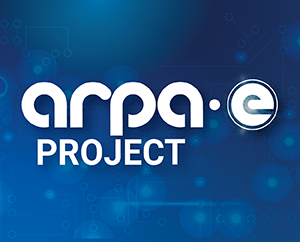Internet of Energy for Optimized Distributed Energy Resources

Technology Description:
DNV GL together with its partners, Geli and Group NIRE, will develop an Internet of Energy (IoEn) platform for the automated scheduling, aggregation, dispatch, and performance validation of network optimized DERs and controllable loads. The IoEn platform will simultaneously manage both system-level regulation and distribution-level support functions to facilitate large-scale integration of distributed generation onto the grid. The IoEn will demonstrate a novel and scalable approach for the fast registration and automated dispatch of DERs by combining DNV GL’s power system simulation tools and independent third-party validation with Geli’s networking, control, and market balancing software. The platform will demonstrate the ability of customer-sited DERs to provide grid frequency regulation and distribution reliability functions with minimal impact to their local behind-the-meter demand management applications. The IoEn will be demonstrated and tested at Group NIRE’s utility-connected microgrid test facility in Lubbock, Texas, where it will be integrated with local utility monitoring, control and data acquisition systems. By increasing the number of local devices able to connect and contribute to the IoEn, this project aims to increase renewables penetration above 50% while maintaining required levels of grid performance.
Potential Impact:
If successful, projects included in the NODES Program will develop innovative hardware and software solutions to integrate and coordinate generation, transmission, and end-use energy systems at various points on the electric grid. These control systems will enable real-time coordination between distributed generation, such as rooftop and community solar assets and bulk power generation, while proactively shaping electric load. This will alleviate periods of costly peak demand, reduce wasted energy, and increase renewables penetration on the grid.
Security:
Innovations from this program would help the U.S. grid assimilate at least 50% of renewable generation and provide system reliability and resiliency while managing emerging energy generation and consumption patterns.
Environment:
The addition of flexible loads and DERs into the U.S. grid could offset 3.3 quads of thermal generation and displace 290 million tons of CO2 emissions.
Economy:
Using the NODES approach to integrate flexible loads and DERs into the grid could replace 4.5 GW of spinning reserves (i.e. generation capacity on stand-by in case of outages and unforeseen intermittency), a value of $3.3 billion per year. A more efficient and reliable grid would help protect U.S. businesses from costly power outages and brownouts.
Contact
ARPA-E Program Director:
Dr. Mario Garcia-Sanz
Project Contact:
Dr. Michael Kleinberg
Press and General Inquiries Email:
ARPA-E-Comms@hq.doe.gov
Project Contact Email:
michael.kleinberg@dnvgl.com
Partners
Growing Energy Laboratories Inc.
Group NIRE
Related Projects
Release Date:
02/04/2015
